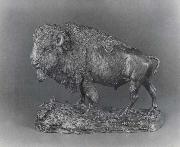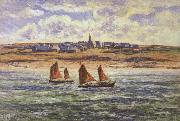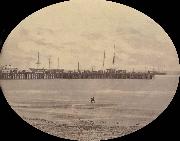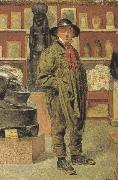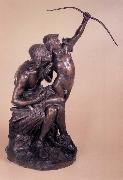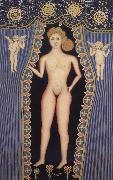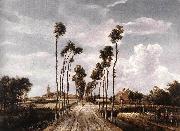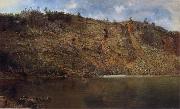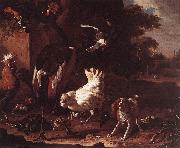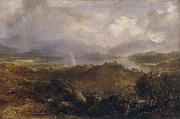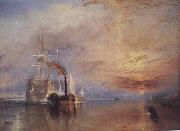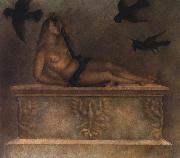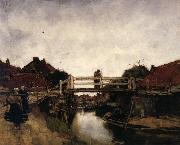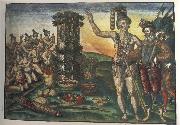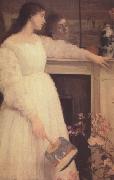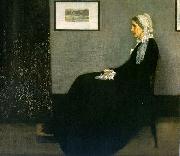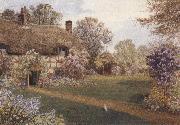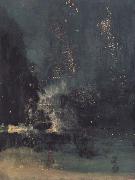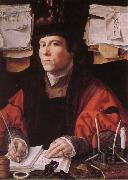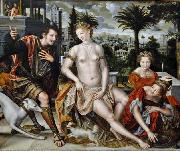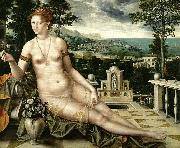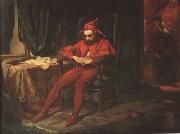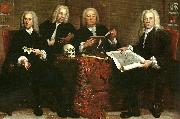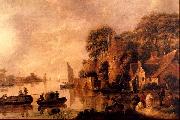|
|
|
|
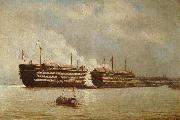 |
Henry J. Morgan
|
|
painted HMS 'Excellent' and HMS 'Illustrious' by Henry J. Morgan in 1860s |
|
 |
Henry Mark Anthony
|
|
(4 August 1817 - 1 December 1886) was an English landscape artist, often favourably compared to John Constable by critics. He exhibited at many major art institutions and travelled widely, being credited with introducing the en plein air style of painting to Britain.
|
|
|
|
henry mayhew
|
|
English journalist and sociologist. He studied law but soon turned to journalism. In 1841 he founded the highly successful Punch. A vivid and voluminous writer, he is best known for London Labour and the London Poor (1851 C 62), an evocation of the sights and sounds of the working-class districts of London, which influenced Charles Dickens and other writers. He also wrote plays, farces, fairy tales, and novels, some in collaboration with his brother Augustus Septimus Mayhew |
|
|
|
|
|
|
|
|
|
|
|
|
|
 |
Herman van der Mijn
|
|
(1684, Amsterdam - 1741, London), was an 18th century painter from the Northern Netherlands.
According to Houbraken he introduced Jan van Nickelen to Jan Frans van Douven.
According to the RKD he learned to paint flowers from Ernst Stuven, and became a master of the Antwerp Guild of St. Luke in 1712, and the following year court painter to Johann Wilhelm, Elector Palatine. He took the family of Jan van Nickelen in tow to Dusseldorp, where they painted at court, and Van der Mijn taught Van Nickelen's daughter Jacoba Maria van Nickelen to paint flowers. She met the painters Rachel Ruysch and Willem Troost (whom Jacoba married) there. Van der Mijn returned to the Netherlands in 1717, but left on a trip via Brussels and Paris to London, where he stayed until 1737, when he took a trip to Leeuwarden
|
|
|
|
 |
Herri met de Bles
|
|
(also known as Herri de Dinant, Herry de Patinir, and Civetta) (c. 1510 - c. 1555 - 1560) was a Flemish Northern Renaissance and Mannerist landscape painter. He is also defined as a eeMosan landscape painter active during the second third of the 16thcentury (i.e., second generation of landscape painters).ee
Very little is positively known about the artist. He is believed to be a certain Herry de Patenir who joined Antwerp's Guild of St. Luke in 1535 as a painter and is also believed to be a court painter for the d'Este Dukes of Ferrara, where he ended his career known as "Il Civetta". He contributed, along with his possible-uncle Joachim Patinir, to a distinct style of Northern Renaissance landscape painting that combined small history or religious scenes into compositions defined by perspective and atmospheric effects. Also, along with a group of Antwerp-based followers of Hieronymus Bosch that included Jan Mandyn, Pieter Huys, and Jan Wellens de Cock, Met de Bles continued the tradition of fantastic imagery into northern Mannerism.
|
|
|
|
|
|
|
|
|
|
|
|
|
|
 |
Hugo Muhlig
|
|
painted Knabe mit zwei Kaninchen und Vogelkafig in |
|
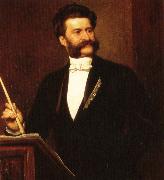 |
ignaz moscheles
|
|
Period: Romantic (1820-1869)
Country: Germany/Czech Rep.
Born: May 23, 1794 in Prague
Died: March 10, 1870 in Leipzig
Genres: Concerto, Keyboard Music |
|
|
|
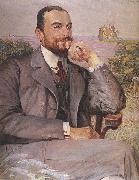 |
Jacek Malczewski
|
|
(15 July 1854 in Radom - 8 October 1929 in Krakow) was one of the most famous painters of Polish Symbolism. In his creativity he successfully joins the predominant style of his times with motifs of Polish martyrdom.
|
|
|
|
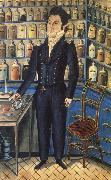 |
Jacob Maentel
|
|
American physician and watercolor portraits painter,1763-1863 |
|
 |
Jacob Maris
|
|
(August 25, 1837, The Hague - August 7, 1899, Karlsbad) was a Dutch painter, who with his brothers Willem and Matthijs belonged to what has come to be known as the Hague School of painters.
Maris studied at the Antwerp Academy, and subsequently in Hubertus van Hove's studio during a stay in Paris from 1865 till 1871. He returned to Holland when the Franco-Prussian War broke out, and died there in August 1899. Though he painted, especially in early life, domestic scenes and interiors invested with deeply sympathetic feeling, it is as a landscape painter that Maris excelled. He was the painter of bridges and windmills, of old quays, massive towers, and level banks; even more was he the painter of water, and misty skies, and chasing clouds. In all his works, whether in water or oil color, and in his etchings, the subject is always subordinate to the effect. His art is suggestive rather than decorative, and his force does not seem to depend on any preconceived method, such as a synthetical treatment of form or gradations of tone. And yet, though his means appear so simple, the artist's mind seems to communicate with the spectator's by directness of pictorial instinct, and we have only to observe the admirable balance of composition and truthful perspective to understand the sure knowledge of his business that underlies such purely impressionist handling.
|
|
|
|
|
|
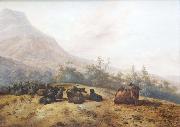 |
Jacobus Mancadan
|
|
(c. 1602, Minnertsga - 4 October 1680, Tjerkgaast) was a Dutch Golden Age painter mostly known for his pastoral landscapes.
|
|
|
|
|
|
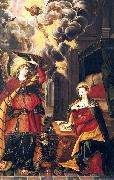 |
Jakob Mertens
|
|
Jakob Merten (August 11, 1809 - February 22, 1872) was a German Catholic theologian who was born in Wittlich.
He studied theology in Trier, where in 1833 he received his ordination. Subsequently he became a chaplain in Trier, where he worked closely with Franz Peter Knoodt (1811-1889). From 1843 to 1868 he was a professor of philosophy at the Episcopal Seminary in Trier.
Initially a prominent follower of Anton Genther's philosophy, Merten eventually abandoned Gentherianism as his career progressed. He was author of an essay on Gentherian philosophy titled Hauptfragen der Metaphysik in Verbindung mit der Speculation (Primary Questions of Metaphysics in Association with Speculation) (1840). Other noted works by Merten include:
Grundriss der Metaphysik, (Outline of Metaphysics); 1848
Der selige Frings und sein Freund als Antigentherianer; 1852
Bemerkungen zur Metaphysik von Balmes, (Remarks on the Metaphysics of Balmes); 1859
|
|
|
|
|
|
|
|
|
|
james m cain
|
|
Born: 1 July 1892
Birthplace: Annapolis, Maryland
Died: 27 October 1977
Best Known As: Author of The Postman Always Rings Twice
|
|
|
|
|
|
 |
James McDougal Hart
|
|
(May 10, 1828 - October 24, 1901), was a Scottish-born American landscape and cattle painter of the Hudson River School. His older brother, William Hart, was also a Hudson River School artist, and the two painted similar subjects.
Hart was born in Kilmarnock, Scotland, and was taken to America with his family in early youth. In Albany, New York he trained with a sign and carriage maker possibly the same employer that had taken on his brother in his early career. Unlike his brother, however, James returned to Europe for serious artistic training. He studied in Munich, and was a pupil of Friedrich Wilhelm Schirmer in Dusseldorf.
Hart returned to America in 1853. He exhibited his first work at the National Academy of Design in 1848, became an associate in 1857 and a full member in 1859. James Hart was particularly devoted to the National Academy, exhibiting there over a period of more than forty years, and serving as vice president late in his life from 1895 to 1899. Like his brother, James also exhibited at the Brooklyn Art Association (he lived for a time in Brooklyn) and at major exhibitions around the country.
Along with most of the major landscape artists of the time, Hart based his operations in New York City and adopted the style of the Hudson River School. While James Hart and his brother William often painted similar landscape subjects, James may have been more inclined to paint exceptionally large works. An example is The Old Homestead (1862), 42 x 68 inches, in the collection of the High Museum of Art in Atlanta, Georgia. James may have been exposed to large paintings while studying in Desseldorf, a center of realist art pedagogy that also shaped the practices of Albert Bierstadt and Worthington Whittredge. William Hart, who did not seek academic European training, seems to have been more comfortable painting small and mid-sized works.
Like his brother William, James excelled at painting cattle. Kevin J. Avery writes, "the bovine subjects that once distinguished now seem the embodiment of Hart's artistic complacency." In contrast with the complacency of some of his cattle scenes, his major landscape paintings are considered important works of the Hudson River School. |
|
|
|
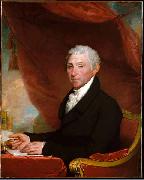 |
James Monroe
|
|
(April 28, 1758 - July 4, 1831) was the fifth President of the United States (1817-1825). Monroe was the last president who was a Founding Father of the United States, and the last president from the Virginia dynasty and the Republican Generation. His presidency was marked both by an "Era of Good Feelings" a period of relatively little partisastrife and later by the Panic of 1819 and a fierce national debate over the admission of the Missouri Territory. Monroe is most noted for his proclamation of the Monroe Doctrine in 1823, which stated that the United States would not tolerate further European intervention in the Americas.
Born in Westmoreland County, Virginia, Monroe fought in the American Revolutionary War. After studying law under Thomas Jefferson from 1780 to 1783, he served in the Continental Congress. As an anti-federalist delegate to the Virginia convention that considered ratification of the United States Constitution, Monroe opposed ratification, claiming it gave too much power to the central government. Nonetheless, Monroe took an active part in the new government and in 1790 he was elected to the Senate, where he joined the Jeffersonians. He gained experience as an executive as the Governor of Virginia and rose to national prominence when as a diplomat in France he helped negotiate the Louisiana Purchase in 1803.
During the War of 1812, Monroe held the critical roles of Secretary of State and the Secretary of War under President James Madison. Facing little opposition from the fractured Federalist Party, Monroe was easily elected president in 1816, winning over 80 percent of the electoral vote. As president, he sought to ease partisan tensions and embarked on a tour of the country. He was well received everywhere, as nationalism surged, partisan fury subsided and the "Era of Good Feelings" ensued. The Panic of 1819 struck and dispute over the admission of Missouri embroiled the country in 1820. |
|
 |
James Wilson Morrice
|
|
(August 10, 1865 Montreal - January 23, 1924 Tunis) was a significant Canadian landscape painter. He studied at the Academie Julian in Paris, France, where he lived for most of his career.
Morrice was the son of a wealthy merchant, and studied law in Toronto from 1882 to 1889. In 1890 he left to study painting in England. The next year he arrived in Paris, where he studied at the Academie Julian from 1892-7. At Julians he befriended Charles Conder and Maurice Prendergast, and also met Robert Henri.
Morrice continued to live in Paris until the First World War, although he spent most of his winters in Canada. He made many connections in the intellectual circles of Paris, while also remaining in touch with the Canadian art world:
|
|
|
|
|
|
|
|
|
|
|
|
|
|
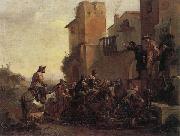 |
Jan miel
|
|
Dutch Baroque Era Painter, ca.1599-1664 |
|
|
|
|











